Education in Norway: Elementary School in Oslo

When our family moved to Norway from the United States our daughter was six years old. We arrived a few weeks before the start of the school year, a bit nervous for our non-Norwegian speaking child. Six years is when children in Norway start Barneskole (primary school), after having spent 1-5 years in a Barnehagen (pre-school). Children are entitled to a spot at a barnehagen from the time they are one year old, and with some variations depending on parental income, the government pays for 85% of the cost of pre-school.
Registration in the public school was a casual affair, there was room at the closest Skole, so she was enrolled. 93% of children in Norway attend public school, and in fact private schools, usually foreign language schools or International Baccalaureate (IB) schools, are extremely rare. As we traveled within Oslo, we got used to the sight of children traveling to and from school on the public transport all by themselves. We knew a family who’s kids traveled all the way from Lillestrom into western Oslo first by NSB train and then by tbane, all by themselves! The barnehagen children in our part of Oslo would be put on the tbane by their parents in the morning. By pre-agreement, a barnehagen teacher would be at a specific car and would come collect the child getting on and escort them to school- a rather adorable variation on a school bus!
A few days after she was enrolled and prior to the start of school we received a postcard from her teacher introducing herself and welcoming her to first grade! What a wonderful start. Little did we know that there was more to come. We were asked, “would your daughter like to attend Aktivitetsskolen (Activity School or AKS)?” Our response was, to ask a question in return, “should she?”. The answer was quite Norwegian, it turns out. It is up to you, they said, but then they explained that since most parents work, children stay in their class rooms at the end of the and the teachers from activity school arrive, while the regular class teacher finishes their day elsewhere. AKS was necessary because children in primary school have what in the American system would be considered a half day.
Helping with her adjustment to school in Norway, AKS started before school officially commenced and we were encouraged to bring her to the playground, where we left in her in the capable hands of some teachers. She then proceeded to spend a half day the entire week prior to the official start of school meeting kids who were in her grade. So, on her first day, she already knew a few kids! AKS was the place to find help with any work not finished during the school day, cooking classes, organized physical games, and tons of arts and crafts.
Once school started her classroom contained 21 children, a full time teacher, and an assistant. Educational games, no grades, and two hours of playtime ensued. And lest you think this means a lack of learning, think again. Norway is ranked much higher than the US in literacy and math; and yet, the children are much less stressed. The emphasis on mental health and adjusting them to school was striking.
Our child was assigned to a Vennegruppe (friends’ group). What is this? Well, to help with the development of friendships the kids are divided in groups of 4-5, and once a month excluding December, you host a playdate at your house! Birthday parties involve either the entire class or all the girls or all the boys in a class. No one is left out. And that we learned is the essence of Norwegian elementary education. Learning will come, but what they most carefully taught was acceptance, inclusion, and friendship. These early friendships are so important that we met adults in their 40s that are still in touch with their vennegruppe.
About halfway through the year it was our daughter’s turn to meet with the school nurse. She spent a good hour with us, evaluating our daughter’s mental health, her coordination, even questioning her on what she eats! Her vision and hearing were tested, leaving us in no doubt that our child was well understood. The nurse even demonstrated with a paper clip holder just how much sugar was in a soda! Some might find this a bit invasive, we found it refreshing. Something that we dealt with too was preparing a matpak (food-packet/lunch) for our daughter- we must confess that the beauty of hot lunch in the US made us a bit lazy; there was no school provided lunch, so we had to figure out how to provide healthy and appealing meals for a six year old… a challenge for most parents I think!
The most striking thing about education in Norway for the elementary school ages was the amount of time our daughter spent exploring. To be a child in Norway, is to be outdoors. No matter where you are in the country, whether you’re in the City of Oslo in Eastern Norway or the rolling very wet hills of Ålesund in Western Norway, you are never very far from water, hills and greenery. Every other week (it felt like every week sometimes) was tur dag (tour day) for many of the local schools- a tradition of weekly field trips/adventures that usually involve their class wandering out to their forest school, cooking pølse (hotdogs) on an open fire, and drinking hot chocolate. Sometimes it was heading to the big playground at Vigelandparken, other times it meant walking to the big field near the school and simply running around. Pouring rain? Sleeting? No problem, just make sure you have your wool long underwear, raincoat, rain pants and rain boots. The younger children would also be dressed in a bright reflective vest- adorable! The emphasis on mental health, physical wellbeing and movement seems to make for some very happy, well-adjusted children. I know our daughter misses living in Norway, and so do we!
A similar version of this article will appear in the September 6, 2019 edition of the Norwegian American. Check out this fantastic Nordic periodical at https://www.norwegianamerican.com
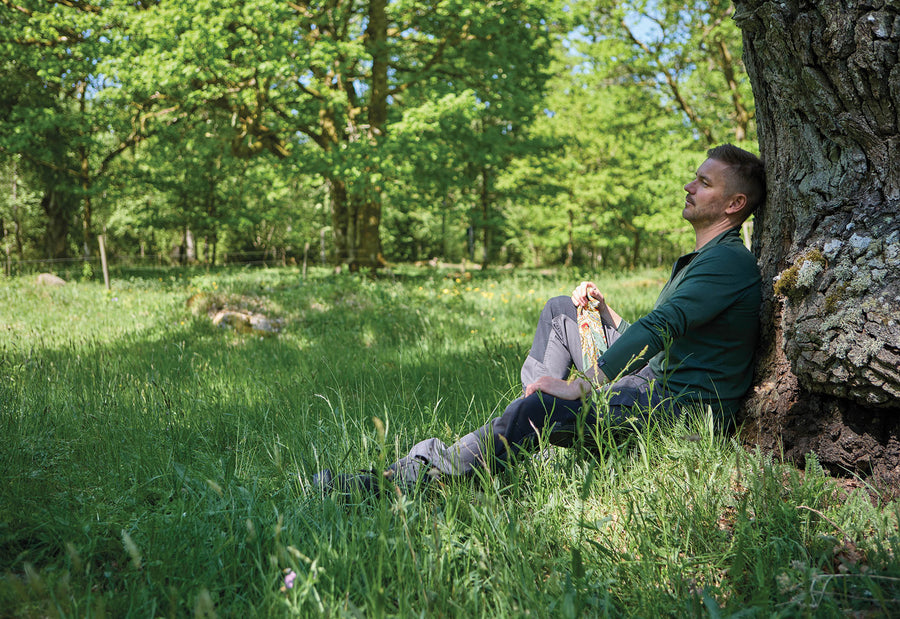
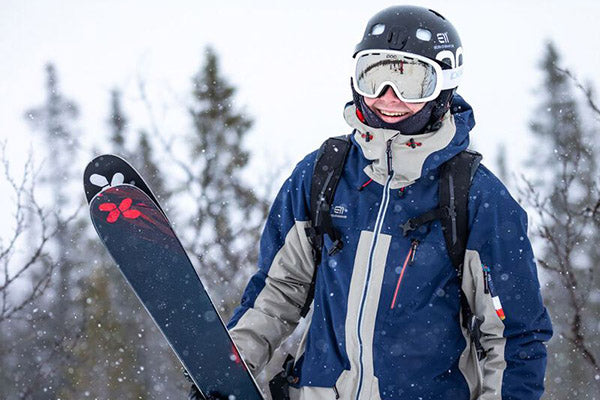
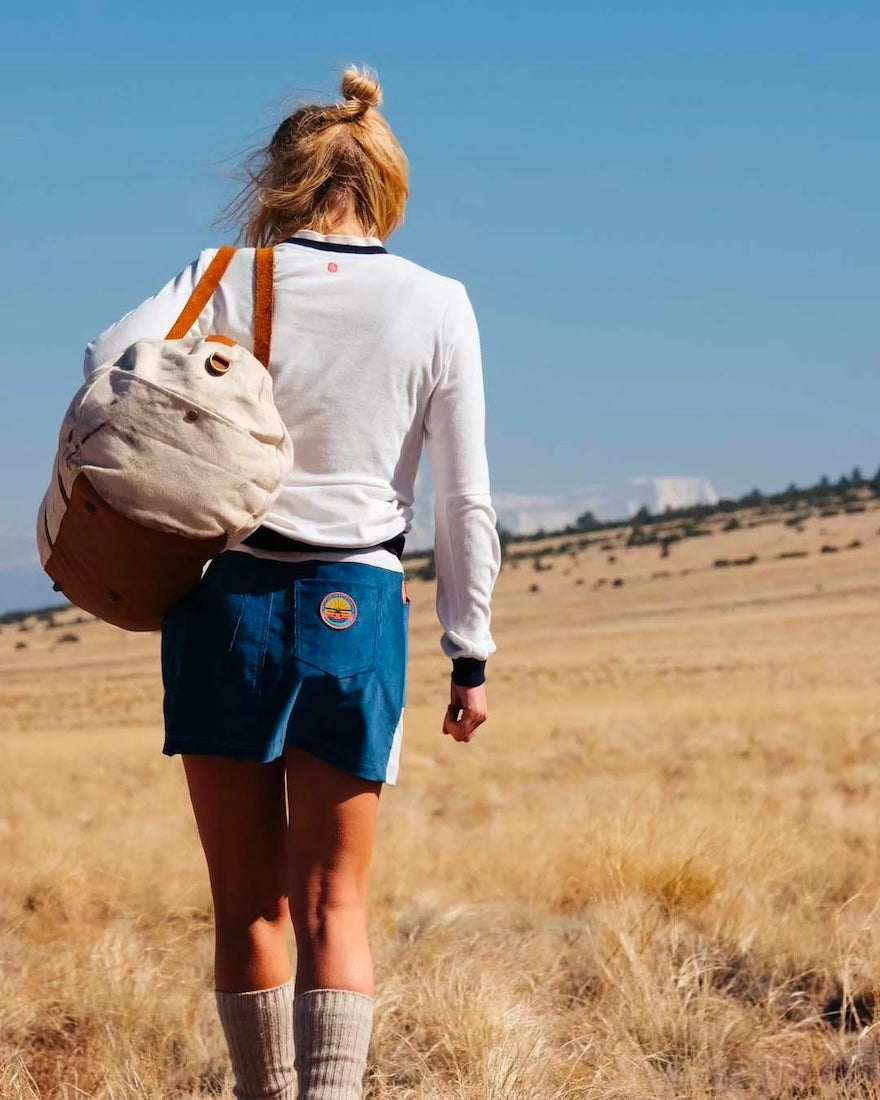
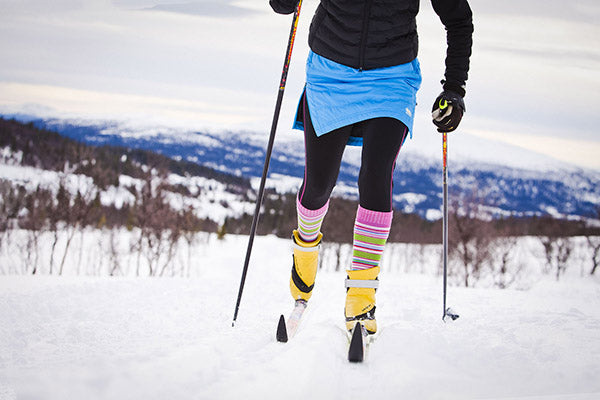
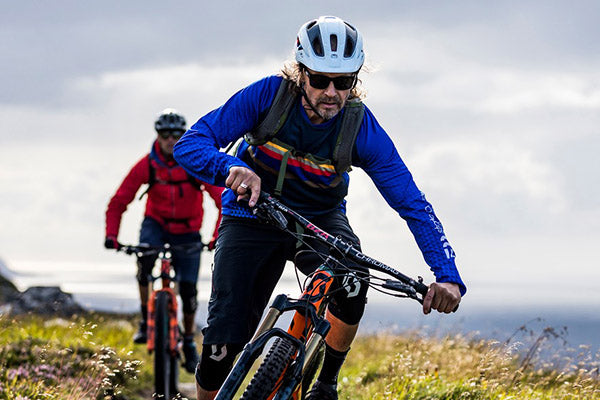
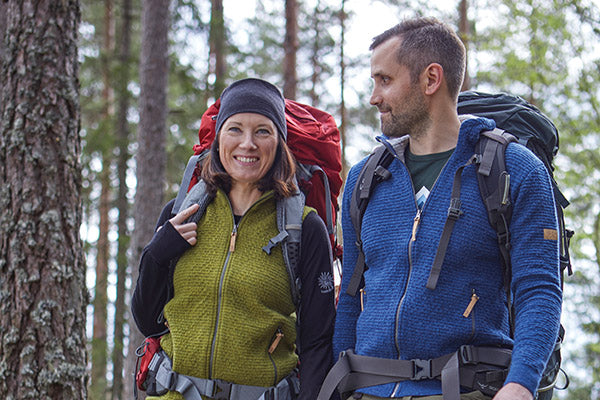




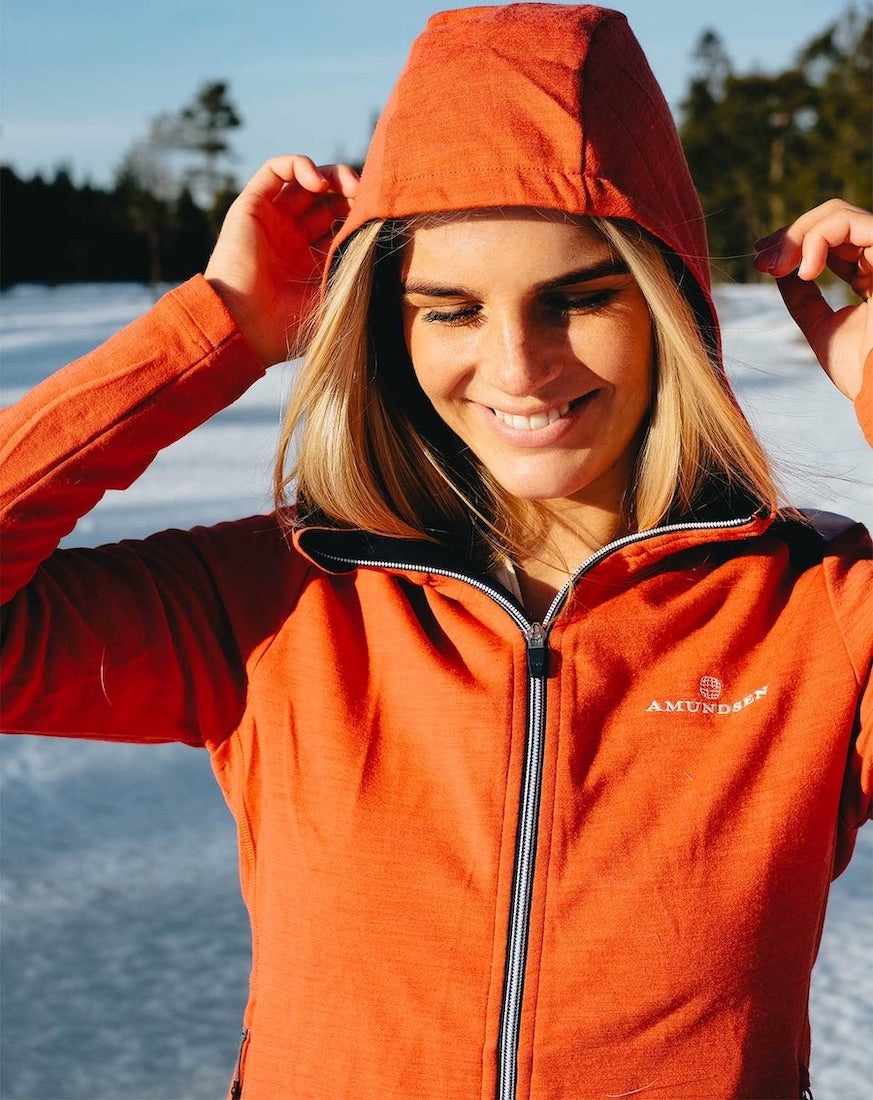

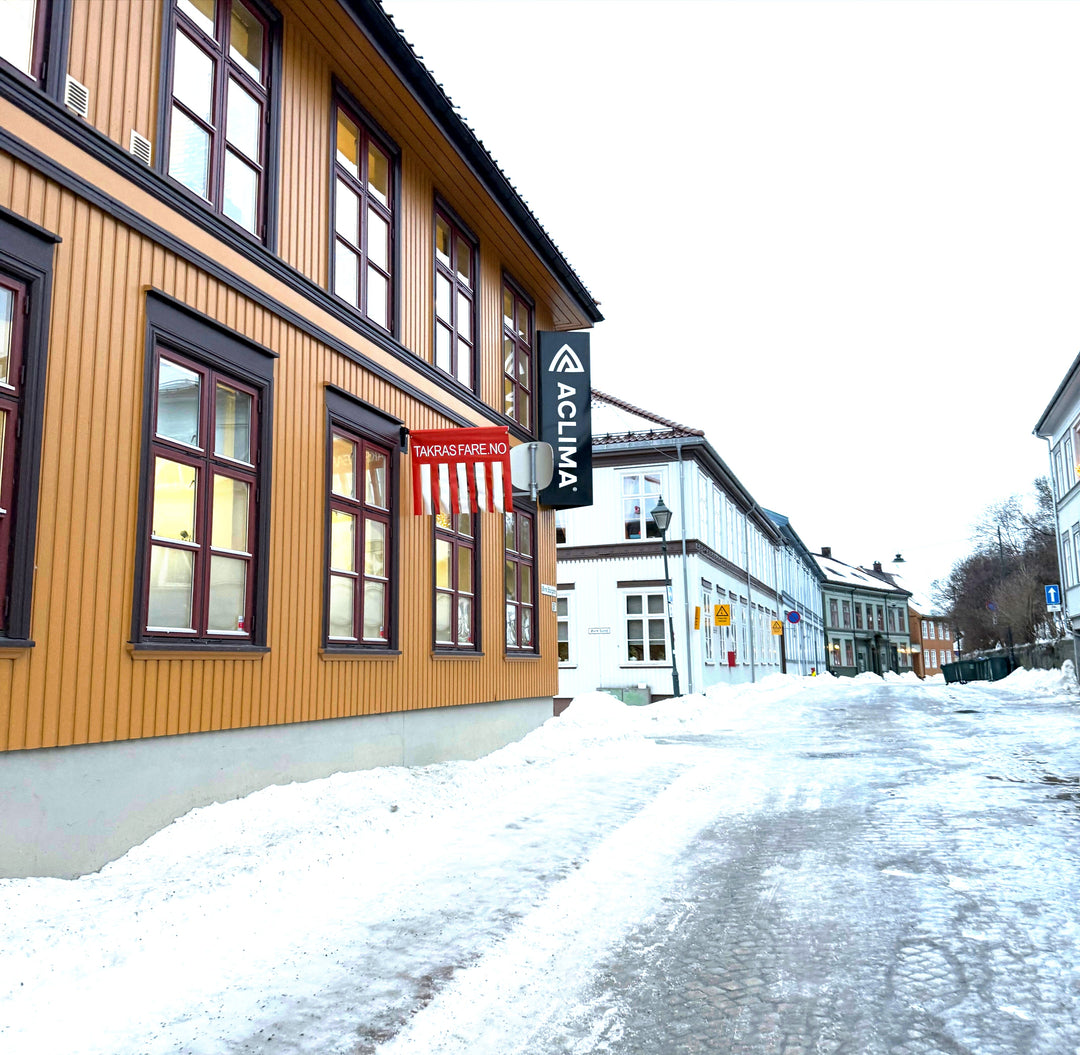

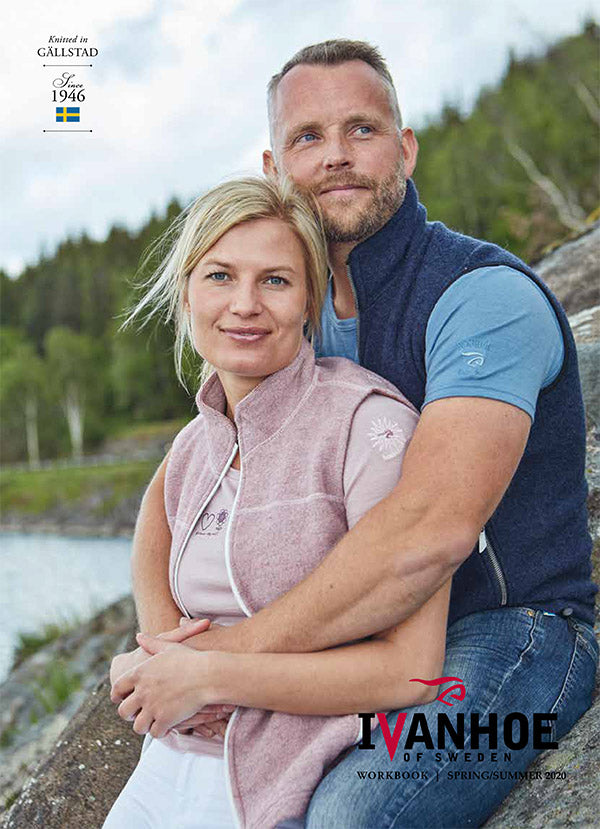

It was fun reflecting on Bekah’s first grade year in Norway. The US educational system could learn from Norway.
Leave a comment